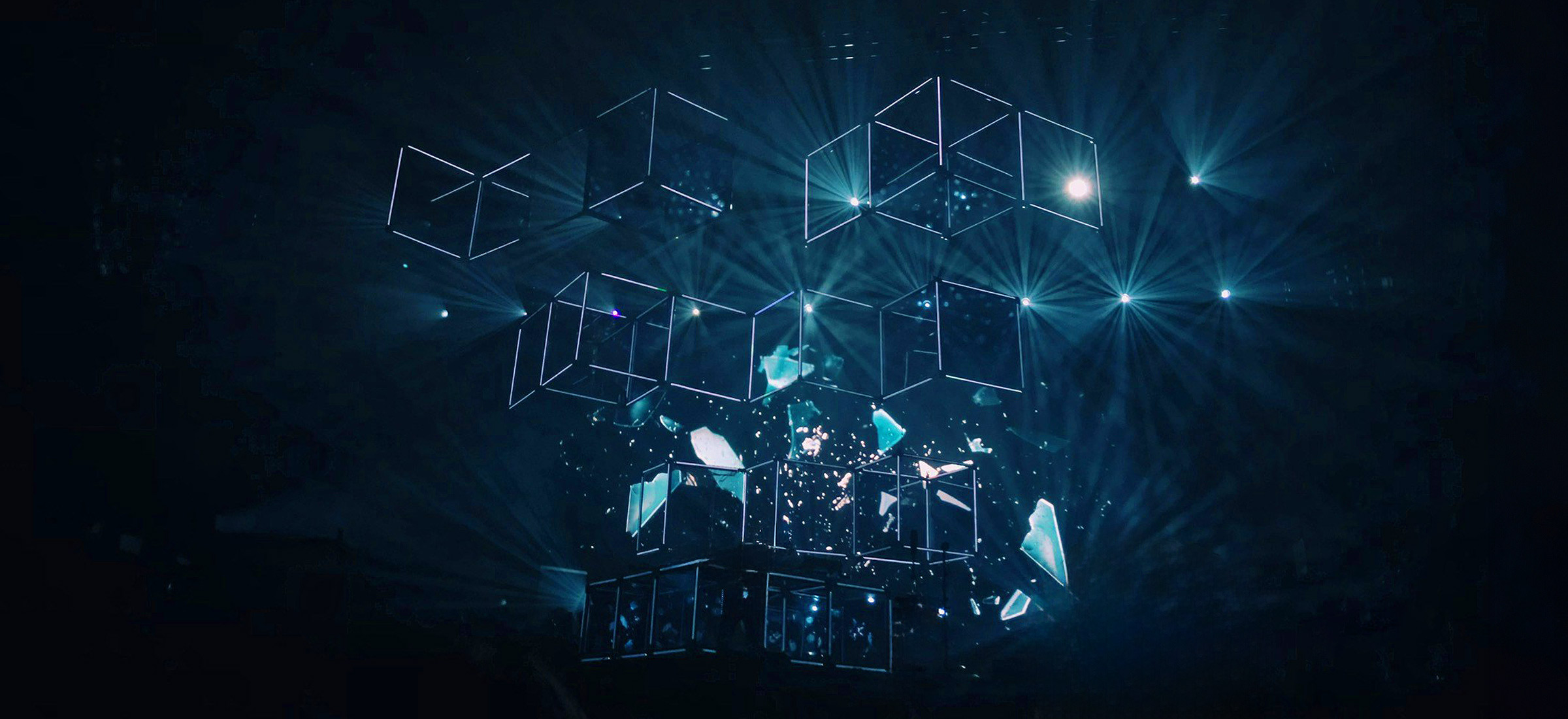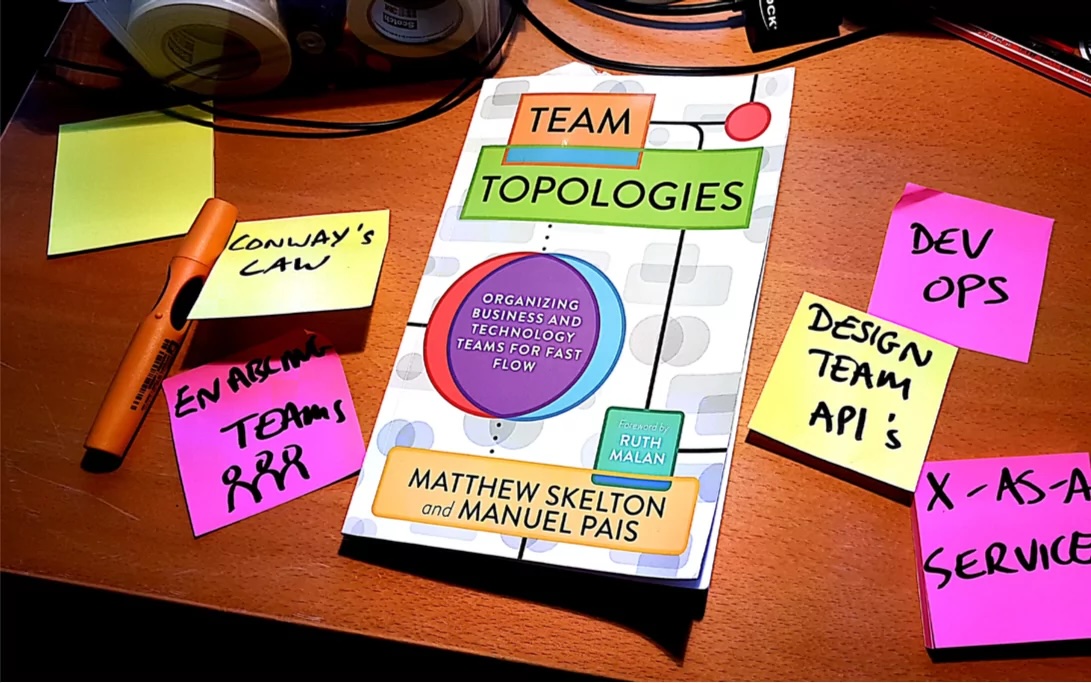In the world of information technology, vast sums and countless hours are invested in developing complex systems – from global software platforms and cloud infrastructures to enterprise-wide ERP implementations. Despite brilliant engineers, detailed project plans, and state-of-the-art methodologies, many of these endeavors end in partial or complete failures. To understand why this is, it's worth looking at a classic work that is more relevant today than ever: "Systemantics: How Systems Work and Especially How They Fail" by Dr. John Gall.
In his 1975 book, Gall explains with sharp wit and profound insight why complex systems have an inherent tendency to fail in unexpected, unpredictable, and often paradoxical ways. His findings are not an indictment of technology itself, but a description of fundamental laws that apply to all complex systems. For anyone working in IT, Systemantics offers an indispensable lens through which to recognize recurring patterns of failure and perhaps – with due humility – avoid them.
Gall formulates a series of axioms that describe the nature of complex systems. They are often counterintuitive, but upon closer inspection, they are eerily accurate.
The Fundamental Axiom of Systemantics: "Systems in general work poorly or not at all." This is not intended as a cynical exaggeration but as a realistic starting point. The assumption that a new, complex system will function smoothly is the exception, not the rule.
Gall's Law: "A complex system that works is invariably found to have evolved from a simple system that worked." This is perhaps the most famous and important principle. It has a crucial corollary:
"A complex system designed from scratch never works and cannot be made to work. You have to start over, with a working simple system." This law explains why "Big-Bang" projects that attempt to realize a huge system in one go almost always fail.
Further key axioms illuminate the treacherous nature of systems:
"New systems generate new problems." The introduction of a system to solve a problem (e.g., new software) immediately creates an additional problem: the system itself must be maintained, secured, updated, and managed.
"Systems tend to grow and thereby become overbearing." This axiom describes phenomena such as "feature creep" in software development or the proliferation of bureaucracy in organizations. The system expands, often beyond its original purpose.
"Complex systems tend to oppose their own proper function." A system develops a life of its own. Its primary goal often becomes self-preservation, even if this contradicts its original purpose.
"People in systems do not do what the system says they do." Users find workarounds for cumbersome processes; employees optimize their behavior to meet metrics instead of pursuing the actual purpose.
"Reality is what is reported to the system." A system is blind to everything that its "sensory organs" – i.e., its metrics, dashboards, and reports – cannot capture. This leads to a distorted perception of reality.
Gall's axioms are not abstract theories; they are a powerful analytical tool for understanding why spectacular IT failures are not regrettable isolated incidents, but almost inevitable manifestations of universal system laws. The following analysis demonstrates this with four well-known examples.
The analysis of individual project failures initially provides specific, technical or procedural causes. For example, a software error was the cause of the Ariane 5 launch, while poor management played a role in the Denver airport baggage system. Gall's axioms, on the other hand, are abstract, universally valid principles. The strength of the following table lies in mapping concrete errors to abstract axioms. This creates a bridge from the specific to the general and enables crucial pattern recognition. One recognizes that the software error in Ariane 5 and the mechanical problems in Denver are not just isolated malfunctions, but both follow the axiom that complex systems collapse in unpredictable ways. This pattern recognition transforms the analysis from a mere "what happened?" description to a profound "why do such things keep happening?" insight.
At first glance, Gall's work might seem pessimistic. However, the crucial insight is that modern approaches to organizational and leadership theory, as described in previous articles, can be understood as direct and practical answers to the pitfalls described by Gall.
Gall postulates: "Complex systems designed from scratch fail." Modern agile software development responds with the principle of the Minimum Viable Product (MVP) – start small and iterate. Team Topologies takes this idea to the extreme by demanding to start with a simple, working system managed by a single, autonomous Stream-aligned Team. The concept of the "Thinnest Viable Platform" from the Trade Me case study is the direct application of Gall's law to the level of internal platforms.
Gall notes: "People in systems are insulated from reality." Intent-Based Leadership counters this with the demand: "Shift authority to where the information is." This principle breaks through the system's information filters and forces decision-makers to confront reality on the front lines, instead of relying on distorted reports.
Gall warns: "Systems work best when they are designed to go downhill" – that is, to work with human inclinations, not against them. Servant Leadership embodies this principle by focusing on reducing friction and removing obstacles for employees, rather than trying to force the system to perform better through pressure and control.
The concepts from the first two articles are thus not just "good ideas" for better collaboration, but necessary survival strategies in a world subject to the relentless laws of Systemantics.
The most important lesson from Systemantics is the need for intellectual humility in the face of complexity. The assumption that one can fully understand, plan, and control a complex sociotechnical system is a dangerous illusion.
Successful organizations in the 21st century are not those with the most perfect, all-encompassing plans. They are those that can learn, adapt, and react to unexpected events most quickly. They acknowledge that failure is an unavoidable characteristic of complex systems and therefore build on resilience rather than deceptive perfection.
The combination of an adaptive, decoupled structure (Team Topologies), a serving and empowering leadership (Intent-Based & Servant Leadership), and a deep respect for the laws of complexity (Systemantics) forms the true foundation for resilient, innovative, and ultimately humane organizations that can not only survive but thrive in the digital age.
Insights from our Blog

Why standard AI systems fail in regulated markets and how a REACH-compliant RAG architecture provides the solution.
Intelligent Compliance: AI as a Strategic Imperative for the Chemie Industry
In industries where errors can cost millions, AI hallucinations are unacceptable. Discover how a purpose-built RAG system mitigates regulatory risks, ensures compliance with complex regulations like REACH, and turns compliance into a strategic competitive

Legacy Modernization: The Strategic Path
Transform with Kafka & Debezium, minimize risk.
Outdated IT systems represent a growing liability, hindering agility and blocking innovation. This article presents a proven, incremental approach to modernization. Discover how to renew your core systems step-by-step, minimizing risks and future-proofing

How centralized decision-making shapes organizations and where it falls short
Beyond Command and Control: Leadership by Design
Command and Control emphasizes strict hierarchies and streamlined authority. But in today’s fast-paced world, can this model still deliver – or is it a rigid approach in need of rethinking?

The four team types and interaction modes that power modern IT organizations
Team Topologies: Structuring Teams for Success
Team Topologies helps organizations design their teams for clarity, speed, and collaboration. Learn how strategic team structures can reduce friction and accelerate delivery.

Systemantics: When Systems Go Wrong
What complex systems teach us about failure, dysfunction, and unexpected behavior
Systems don’t always do what they’re designed to – they do what they can. In “Systemantics,” John Gall unpacks why systems fail, often in surprising ways. A thought-provoking look at complexity in action.
Let’s Make Things Happen